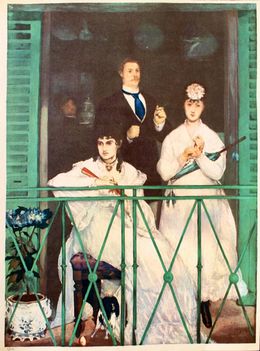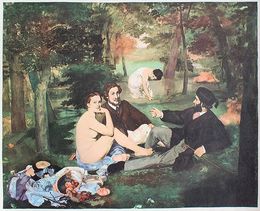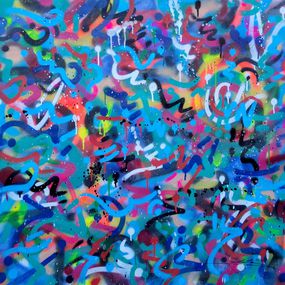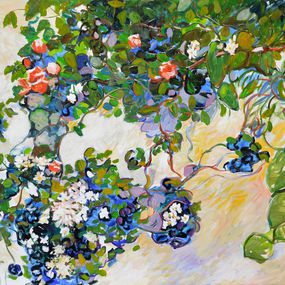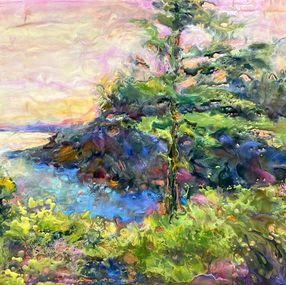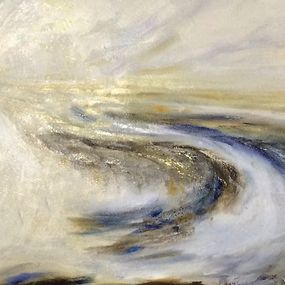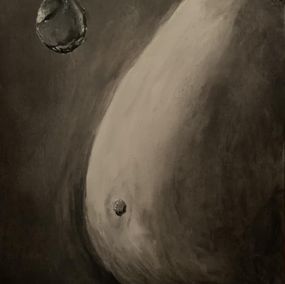
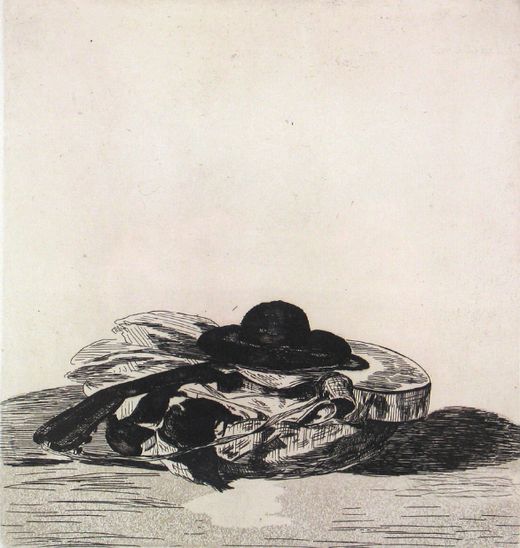
One must be of one's time and paint what one sees.
Biography
Edouard Manet is a French painter born January 23, 1832 and died April 30, 1883 in Paris. Coming from a family of the upper middle class, he wanted from the age of sixteen to join the navy, but failed the competition for the Naval School. However, he embarked on a training boat for Brazil, but his artistic taste led him to make many drawings. A few months later, he returned to Paris, to study painting in the studio of Thomas Couture.
From 1852, Manet multiplied his trips abroad: Holland, where he particularly admired the painting of Frans Hals, but also Germany, Austria, Italy, then Spain where the works of Diego Vélasquez and Francisco Goya greatly influence his own work.
Manet's early paintings mostly represent genre scenes as well as portraits made with a frank and direct pictorial technique. In 1863, Manet exhibited his famous Lunch on the Grass, and the canvas, provocative for the time, immediately attracted public attention while being violently attacked by critics. In 1865, Manet also exhibited Olympia, a nude inspired by Titian's Venus of Urbino and whose realism raised waves of protests within academic circles.
In 1866, Émile Zola defended the Manet cause and became his friend. He also rubs shoulders with impressionist painters such as Edgar Degas, Claude Monet, Auguste Renoir, Alfred Sisley, Camille Pissarro and Paul Cézanne. Despite these links, Manet does not consider himself a full-fledged Impressionist painter and in 1874, he chose not to participate in the first Impressionist exhibition.
A prolific artist, he left behind an important body of work comprising more than four hundred oil paintings, pastels and numerous watercolors. In the impressionist movement but always keeping its independence, the work of Manet has a considerable influence on French painting and, more generally, on modern art.
Nationality
Categories
Artistic movements
Themes





